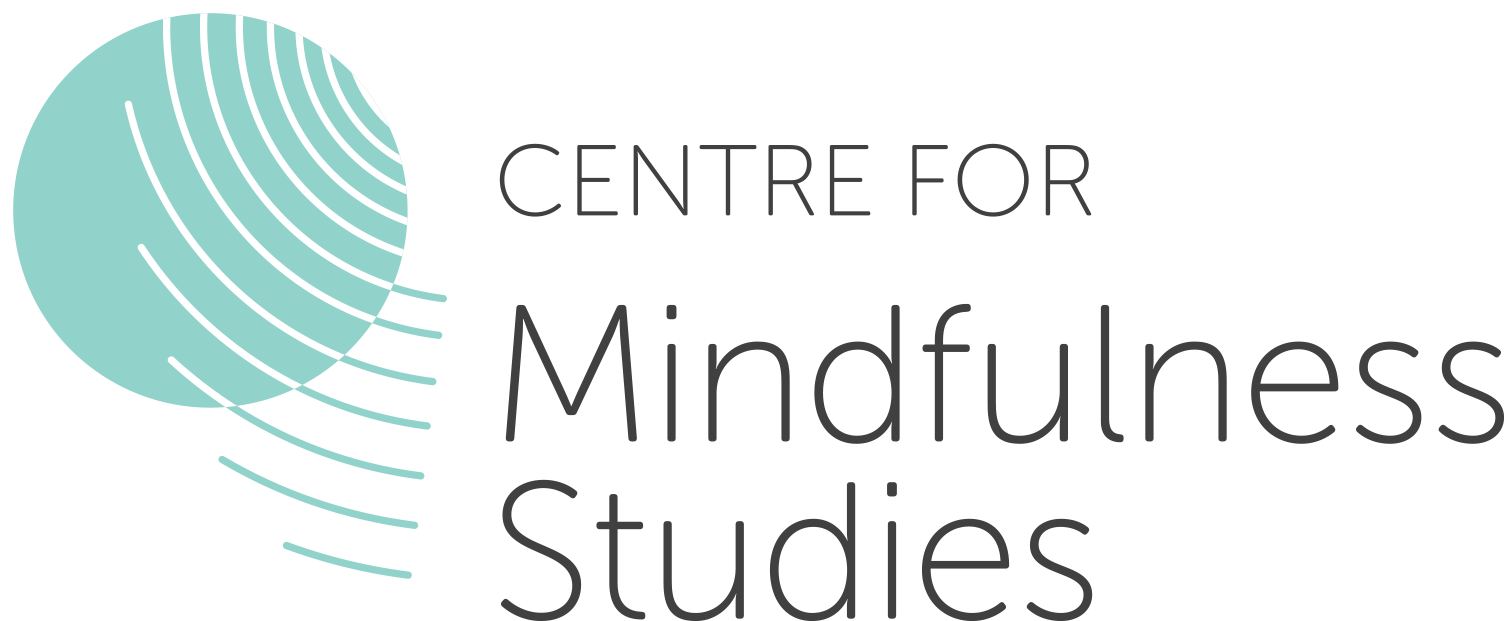Your second quarter is coming to an end and your sales team isn’t closing the number of deals it had forecast. As expenses outweigh the current cash flow, your CEO is forced to prune the organization and puts the pressure on you to perform. You take a stand and demand immediate compliance from your team, and explicitly set a high standard for performance—will these tactics yield the results you need?
According to Daniel Goleman’s research shared in Harvard Business Review’s Leadership That Gets Results, these leadership styles—coercion and pace-setting—have the most destructive overall effects on the climate of organizations and teams. Both stifle every index of employee engagement and the leader’s sphere of influence.
So how do we choose a leadership style?
There are thousands of leadership guidebooks available, providing a breakdown of every angle of leadership and suggesting the most effective leadership styles for any situation. Yet what none of these books will do is build your inner ability to lead from a space of intention and decision-making aligned with your values during the most challenging of scenarios. In these situations where you need to be as effective as possible, an established mindfulness practice can be your greatest guide.
Studies have shown the exciting health benefits of intensive training in mindfulness and even brief periods of taking a purposeful pause. Now that we know the strength of mindfulness in developing self-regulation and self-awareness to combat stress, there is an increasing focus on the cognitive, social and emotional benefits of mindfulness. The American military’s Mind Fitness Training Institute states that the practice of mindfulness builds attention, mental agility, emotional intelligence, resilience and situational awareness. This is essential for today’s VUCA (volatile, uncertain, complex and ambiguous) organizational landscape.
Today’s organizational structures are increasingly dense, requiring rapid communication to keep up with ever-evolving technological advancements. Currently, productivity within organizations is amplified to a level beyond any other in human civilization. These advances, coupled with shifting customer demands, require organizations to pivot their business processes regularly. Companies that are unwilling to adapt to these conditions are giving more agile organizations the opportunity to take their highly-skilled knowledge workers and eventually, their clients.
Just as leadership advice abounds, so does organizational advice, though again, none of these will develop the direct inner resources required to succeed. In Effectively Leading in a Matrixed Environment, Hay Group lists empathy, conflict management, influence and self-awareness as essential leadership skills in a highly-connected organization. Group also notes that these skills are difficult to come by in today’s workforce.
Mindfulness practice broadly develops self-awareness and our ability to self-regulate. Mindful leadership is about using the competencies you cultivate in practice to lead with intention and choice, grounded in ethics. As a ship in turbulent waters, mindful leadership manifests as staying steady in the face of adversity and maintaining your leadership rudder amidst difficult decisions – by practising mindfulness, we develop the ability to make the choice as to which leadership style to engage in the moment. Rather than reacting and digging in our heels in challenging situations, we’ve developed our inner resources to move towards difficult situations and lead in a more grounded, caring and deliberate way.
As I’ve moved through leadership roles, my mindfulness practice has been pivotal to my ability to effectively lead. I feel that a leader that leads mindfully maintains their focus through responsive decision-making and alignment with their values. They foster a sense of clarity by being stable and having the ability to look deeply into what is happening in the present moment. They breed innovation by cultivating the internal resources to pivot skillfully. Finally, they embody compassion by listening attentively and responding in a way that considers the basic reality that we are all interconnected. Ultimately, these abilities stem from inner strength that is developed and reinforced through contemplative practice. A great leader is one who creates positive change, and this change must begin from within.
Michael Apollo is a senior faculty member and coordinator at University of Toronto’s AMM-MIND in the Mind at Work and Mindful Leadership program stream, and the founder of University Health Network’s mindfulness for leadership and resilience program serving front-line healthcare professionals. He is also a director at InteraXon, supporting teams in research and innovation of brain sensing technologies that create a meaningful impact on society.


